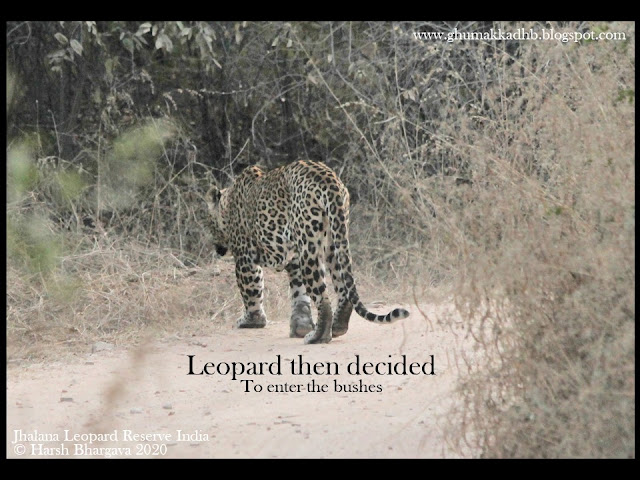Dawn creates magic. So does dusk.

Yesterday while at the golf course, the dawn was simply spectacular. I could capture its colours in my cell phone.
Later in the evening, while waiting for the movie in RSI open air cinema, the sky after sunset caught the eye. It was dusk and its silent beauty.
Here are two PQs- picturesque quotes on the pictures of dawn and dusk.
The PQ on Dawn is based on Rabindranath Tagore's famous line 'Faith is the bird that feels the light when the dawn is still dark'. We derive strength in our life with faith. Don't we?
It is the original picture, not photoshopped except for watermarking.
The PQ on Dusk is inspired by Bernard Williams simple words 'It is almost impossible to watch a sunset and not dream'. Dreams are important to move on!
Here are some of the earlier PQs related to sunsets and sunrises.

Gautam Buddha had famously said that 'What we do today is what matters most'!
Thanks for browsing.
- Harsh-the-Ghumakkad/ 24th Feb 2020
#PQs #picturesquequotes #dawn #dusk #nature #tagore #bernardwilliams #sunrise #sunsets #ghumakkadhb #ghumakkadharsh















































































